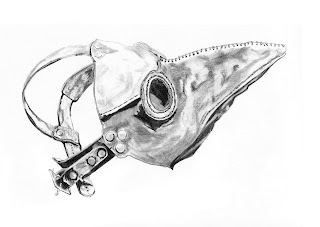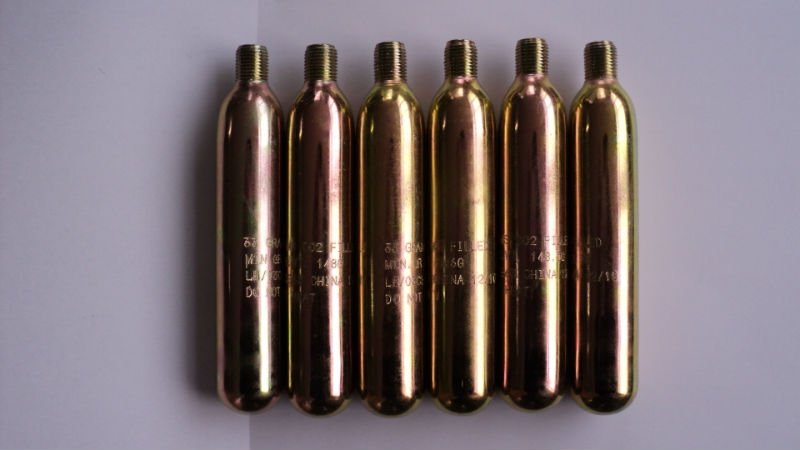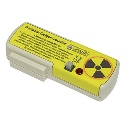Doctor Agnusdei
The Good Doctor
It has occurred to me that an improvement on my respiratory equipment requires replacement, something I have been delaying for some time now. After some thought I have decided to chronicle the endeavor for future reference should I require replacing my equipment once more.
My duties and experiments often require protective breathing apparatuses and such is the nature of my work that I wear such things constantly. For this new mask it was necessary to have a completely hermetically sealed respirator and goggles. Early designs had the two separated which became more of a hassle the longer they were worn. A single unit was required and so I created the respirator and set the device into a sealed mask. The design is irrelevant, though I will admit that I took a liking to the attire and designs of masks and clothing on a planet that I visited in my youth. This preference created the beaked mask I wear today.
The mask itself is constructed of treated and fully sealed leather bound together and completely sealed to keep oxygen and the elements out. Underneath lies a rigid construction of duraplast supporting ribs to give the mask its unique shape and provide structural support for the devices I shall install into the mask later. The outer shell of the mask was encased in armor-grade duraplast, also fully sealed, with sections left open for access ports and other devices that I shall install soon. The leather alone would be sufficient for an airtight seal, but leather can be damaged or punctured. Therefore, the duraplast was necessary as the outer shell.
Along with this, glassteel lenses were installed. The lenses are mirror-tinted to keep excess light out and are also sealed to maintain the airtight seal of the mask. The mask itself is secured by leather straps to the head to keep it in place, sealed, and immobile.
My duties and experiments often require protective breathing apparatuses and such is the nature of my work that I wear such things constantly. For this new mask it was necessary to have a completely hermetically sealed respirator and goggles. Early designs had the two separated which became more of a hassle the longer they were worn. A single unit was required and so I created the respirator and set the device into a sealed mask. The design is irrelevant, though I will admit that I took a liking to the attire and designs of masks and clothing on a planet that I visited in my youth. This preference created the beaked mask I wear today.
The mask itself is constructed of treated and fully sealed leather bound together and completely sealed to keep oxygen and the elements out. Underneath lies a rigid construction of duraplast supporting ribs to give the mask its unique shape and provide structural support for the devices I shall install into the mask later. The outer shell of the mask was encased in armor-grade duraplast, also fully sealed, with sections left open for access ports and other devices that I shall install soon. The leather alone would be sufficient for an airtight seal, but leather can be damaged or punctured. Therefore, the duraplast was necessary as the outer shell.
Along with this, glassteel lenses were installed. The lenses are mirror-tinted to keep excess light out and are also sealed to maintain the airtight seal of the mask. The mask itself is secured by leather straps to the head to keep it in place, sealed, and immobile.










